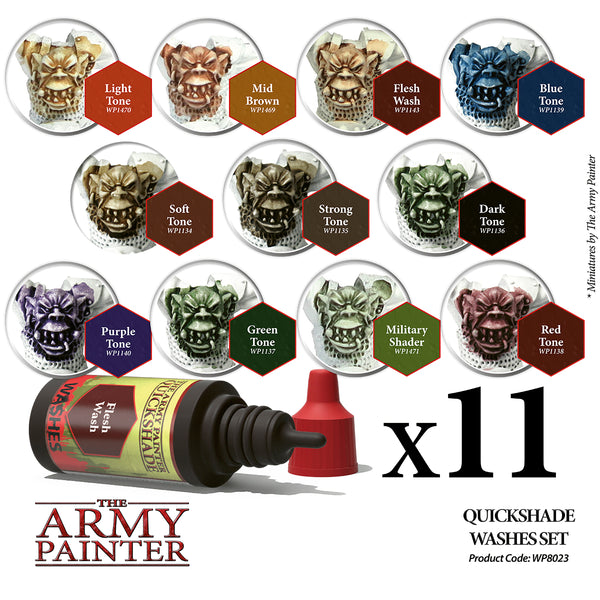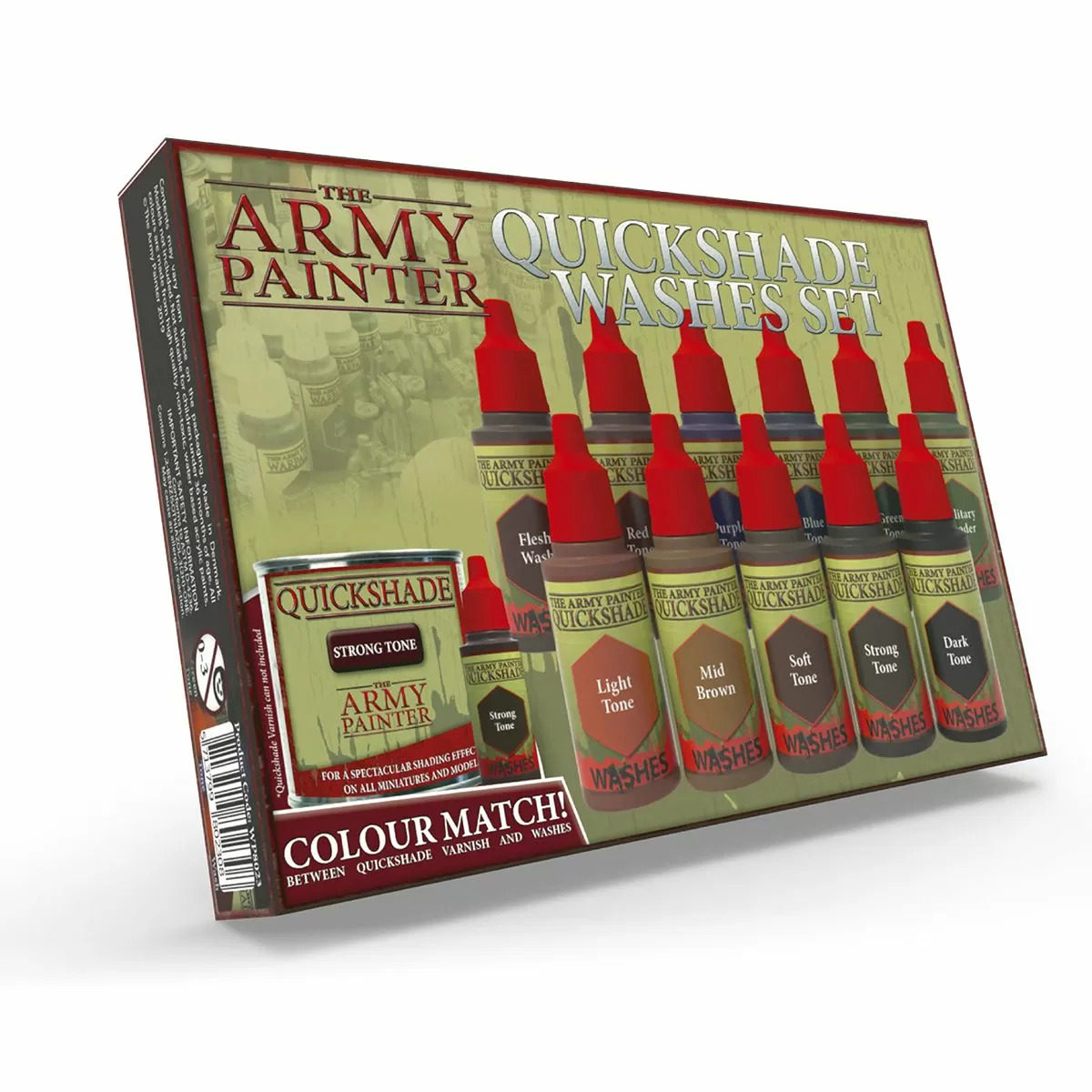
Left-handed writers may also find blotter paper a worthwhile investment for sheening inks. A penpal may not appreciate fingertips covered in ink as they flip through the latest letter. Since sheen relies on ink that hasn’t soaked into the paper’s fibers, there is essentially a layer of ink on top of the paper that has nowhere to go. Sheening inks are certainly beautiful, but we don’t recommend using them for high-traffic writing: that is, any text that might be touched often. Sheen isn’t unique to fountain pen inks: the ink from ballpoint pens can sheen too.

It appears when dyes or pigments are concentrated on the paper's surface rather than absorbing into the paper’s fibers.

If you’ve ever seen an ink develop a metallic rim that is most visible when held at an angle or near a light, then you’ve experienced the next characteristic: sheen. You may be surprised to test a new ink and find that it actually is an impressive shader!īelow, we wrote with five inks that run the shading spectrum: some inks look like two different colors, while others have a smooth, gradient-like effect. Shading is most visible in writing rather than in swabs or other tests in which large amounts of ink are put on the paper. Highly saturated inks tend not to shade at all, as there are greater concentrations of dyes or pigments in the inks. There seems to be a propensity for light-colored inks to experience more shading than dark inks. It can appear very stark in inks with high shading, or as a faint gradient in inks with low shading. Not every ink shades, and some inks shade more than others. These include the beginnings and ends of letters and words, as well as places where lines intersect. Like the ink in rollerball pens, fountain pen ink is liquid and tends to pool in certain areas as you’re writing. Shading is what happens when an ink appears darker in some areas and lighter in others. Planner Stickers, Pens, Stamps, and More.Japanese Stationery: What's the Big Deal?.The Difference Between Ballpoint, Gel, and Rollerball Pens.Judge Dredd™, STRONTIUM DOG™ Rebellion A/S, ©Rebellion A/S, All rights reserved. 2000AD® 2000AD is a registered trade mark ® and © Rebellion A/S All rights reserved.

K-9 image © BBC/Bob Baker/Dave Martin 1977. Cyberman image © BBC/Kit Pedler/Gerry Davis 1966. BBC, DOCTOR WHO (word marks, logos and devices), TARDIS, DALEKS, CYBERMAN and K-9 (word marks and devices) are trade marks of the British Broadcasting Corporation and are used under licence. Warlord Games, Bolt Action, Pike & Shotte, Hail Caesar, Cruel Seas, Black Powder, Black Seas, Warlords of Erehwon, Blood Red Skies, SPQR, Beyond the Gates of Antares, Gates of Antares, Algoryn, Boromite, Lavamite, Isorian Shard, Concord, Ghar, NuHu and Freeborn are either ® or ™, and/or © Warlord Games Limited, variably registered around the world. White Uniform: This Roman soldier was sprayed Colour Primer: Plate Mail Metal, then given a white uniform and dipped in Quick Shade: Soft Tone, adding fine subdued shading. We’ve painted up a few different colour schemes for the Roman Legions illustrating the possibilities of Quick Shade including combinations with different Colour Primers. Dark Tone is also superb for models needing a sharp contrast such as furry animals, machines and knights for instance. Dark Tone uses black pigment instead of brown and creates a very fine black shading on your models. In doubt: pick this tone!ĭark Tone: The ultimate shading for metal and armour. Strong Tone is the most common of all the tones as it will add a fantastic shading effect to an army and give it a stunning overall look. Strong Tone: This Quick Shade looks extremely good on models which need a deep shading and the rich brown pigment has a battle worn feel to it. Alternatively Soft Tone will give you an effective light shading effect, good for large surfaces and “clean” miniatures. Soft Tone: This Quick Shade is specifically designed for lighter colours and looks extremely effective on light colours (white, pink, yellow for instance) as a consequence. Quick Shade comes in 3 different variants Soft Tone, Strong Tone and Dark Tone. This will create a coherent looking force which will look really good. A good rule of thumb is to use the same Tone to all models in the army, if at all possible. What Tone to use? A difficult question to answer, as taste is very individual. Shading black is somewhat of a challenge – it’s hard to find a darker tone than black! An option is to add a thin grey highlight before the Quick Shade or simply to add an old fashion highlight after the Quick Shade is completely dry. However you can do so if you want to and if you got the time! Indeed it might be well worth going back and adding a few highlights to your army commanders. You don’t need to add highlighting afterward – we didn’t on our Roman Army.


 0 kommentar(er)
0 kommentar(er)
